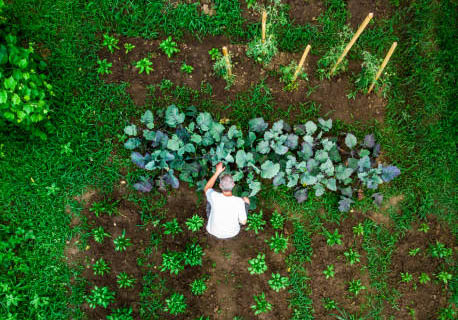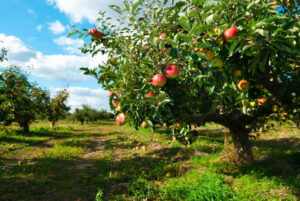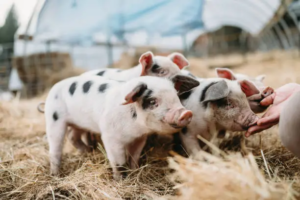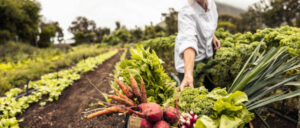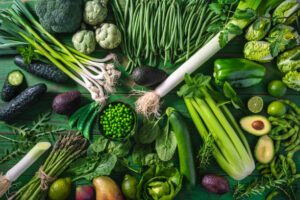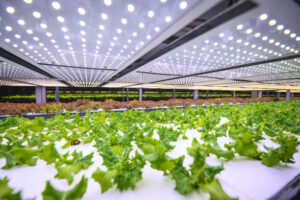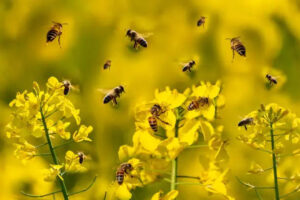Gardening enthusiasts often consider their outdoor space as an extension of their living area. And for those who love fresh, homegrown produce, incorporating edible plants into the landscape is a logical and rewarding next step. Edible landscaping is a creative and functional way to transform your garden into a beautiful and productive space.
There are several reasons why you might want to consider using edible plants in your garden:
- Health Benefits: Edible plants are a great source of vitamins, minerals, and other essential nutrients. Growing your own fruits, vegetables, and herbs can provide you with fresh, nutritious food that is free of harmful pesticides and chemicals.
- Sustainability: Growing your own food can help reduce your carbon footprint by reducing the distance that food travels from farm to table. Additionally, home gardens can help conserve water by using less of it than large-scale agriculture and can even help promote biodiversity.
- Cost Savings: Growing your own food can also save you money on groceries. Once your plants are established, you can harvest them for free and avoid the high cost of store-bought produce.
- Enjoyment: Finally, gardening with edible plants can be a fun and rewarding hobby. Watching your plants grow and harvest your own food can be a source of satisfaction and enjoyment. Plus, cooking with fresh herbs and vegetables can make your meals more flavorful and nutritious.

Here are some tips for incorporating edible plants into your garden design:
- Choose a Sunny Location: Most edible plants require at least six hours of direct sunlight daily, so choose a sunny spot in your garden.
- Design with Aesthetics in Mind: Edible plants can be both beautiful and functional. Consider the textures, colors, and shapes of different plants to create an attractive and cohesive design.
- Mix Edibles and Ornamentals: Interspersing edible plants with ornamental plants adds interest and variety to the landscape. For example, try planting colorful Swiss chard or kale with decorative flowers like marigolds or zinnias.
- Grow Vertically: Vertical gardening is an excellent way to maximize space in a small garden. Trellises, arbors, and hanging baskets are all great options for growing vining plants like beans, peas, and cucumbers.
- Plant Trees: Fruit trees like apple, pear, and cherry can add beauty and function to your landscape. They also provide a source of fresh, homegrown fruit.
- Choose Plants That Thrive in Your Climate: Edible plants come in all shapes and sizes, but not all plants will thrive in every climate. Choose plants that are suited to your specific location and microclimate to ensure they thrive.
- Practice Good Garden Maintenance: Proper garden maintenance is essential for the health and productivity of your plants. Regular watering, fertilizing, and pest control measures will help your plants grow and produce to their full potential.
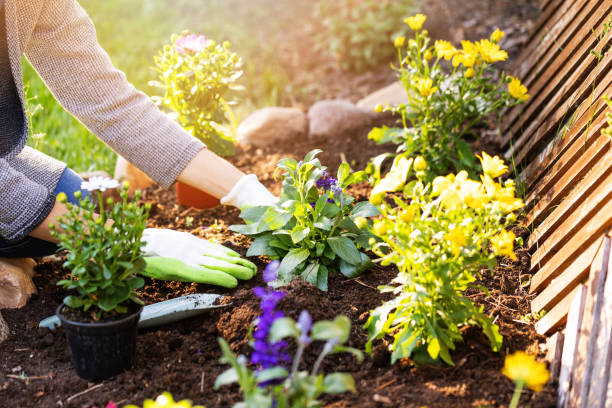
Incorporating edible plants into your garden design can provide many benefits, including access to fresh, homegrown produce, a more beautiful and functional landscape, and a deeper connection to nature. With some careful planning and attention to detail, you can create a beautiful and bountiful edible landscape in your own backyard.

